In the global energy market, crude oil remains a crucial commodity, powering industries and economies. Transporting this vital resource from extraction sites to refineries is a complex logistical challenge. Crude oil tank trucks, often referred to as tanker trucks, play an essential role in this supply chain. These specialized vehicles are designed to safely and efficiently transport large volumes of crude oil over varying distances. This article explores the intricacies of crude oil tank truck solutions, emphasizing their importance in efficient crude oil transportation.
The Role of Crude Oil Tank Trucks
Crude oil tank trucks are integral to the midstream segment of the oil and gas industry, which involves the transportation, storage, and wholesale marketing of crude or refined petroleum products. These trucks bridge the gap between oil fields and refineries, ensuring that crude oil reaches processing facilities where it can be refined into various products like gasoline, diesel, and jet fuel.
Design and Construction
The design of crude oil tank trucks is tailored to meet the specific requirements of transporting crude oil. These trucks feature large, cylindrical tanks that are mounted on a chassis. The tanks are typically made from stainless steel or aluminum alloys, materials chosen for their durability and resistance to corrosion. The construction also incorporates safety features such as double-walled compartments and emergency pressure relief systems to prevent spills and leaks.
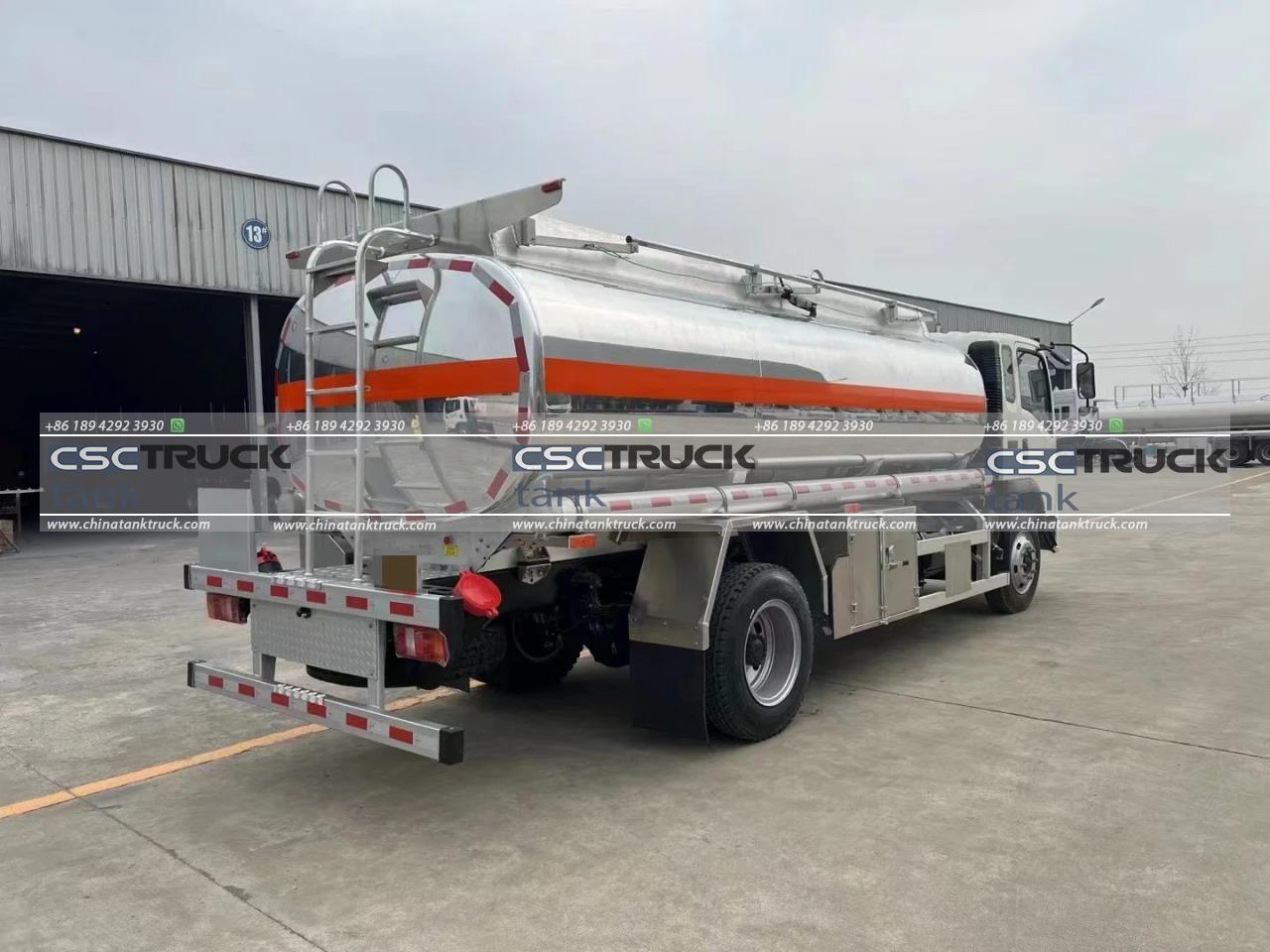
Capacity and Efficiency
A standard crude oil tank truck can carry anywhere between 5,000 to 11,000 gallons of crude oil, depending on the size and configuration of the vehicle. This capacity is crucial for reducing the number of trips needed to transport a given volume of oil, thereby enhancing efficiency. Additionally, modern tank trucks are equipped with advanced navigation and tracking systems, allowing for real-time monitoring of their location and status. This technology aids in optimizing routes and reducing transit times.
Safety Considerations
Transporting crude oil involves significant risks, including the potential for spills, fires, and explosions. Therefore, safety is paramount in the design and operation of crude oil tank trucks.
Regulatory Compliance
Crude oil tank trucks must adhere to stringent regulations set by various government agencies, such as the Department of Transportation (DOT) in the United States. These regulations cover aspects like tank design, maintenance, driver training, and operational protocols. Compliance with these standards ensures that the trucks are fit for purpose and that the risks associated with transporting crude oil are minimized.
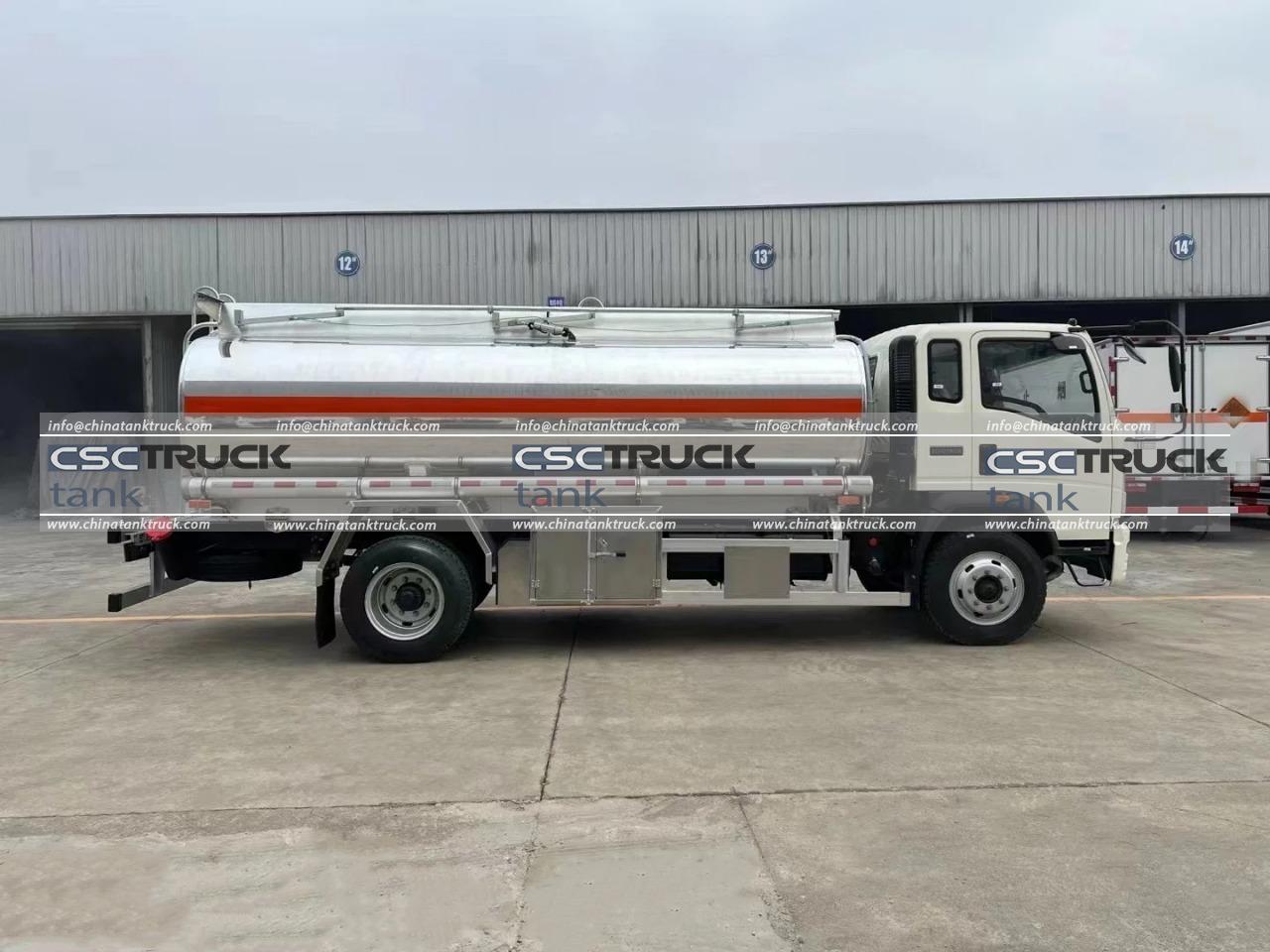
Driver Training
The drivers of crude oil tank trucks undergo specialized training to handle the unique challenges posed by these vehicles. They learn about safe driving practices, emergency response procedures, and the handling of hazardous materials. This training is critical for preventing accidents and ensuring that drivers can respond effectively in the event of an emergency.
Spill Prevention and Response
Modern crude oil tank trucks are equipped with spill-prevention features such as automatic shut-off valves, which activate if a leak is detected. In the event of a spill, drivers are trained to follow specific response protocols, including notifying emergency services and initiating containment measures. Companies also invest in spill response equipment and regularly conduct drills to ensure preparedness.
Technological Advancements
Advancements in technology have significantly improved the efficiency and safety of crude oil transportation via tank trucks.
Telematics and GPS
Telematics systems, which combine telecommunications and informatics, provide real-time data on the location, speed, and condition of tank trucks. GPS technology enables precise route planning, helping to avoid congested areas and reduce fuel consumption. This not only enhances operational efficiency but also reduces the environmental impact of crude oil transportation.
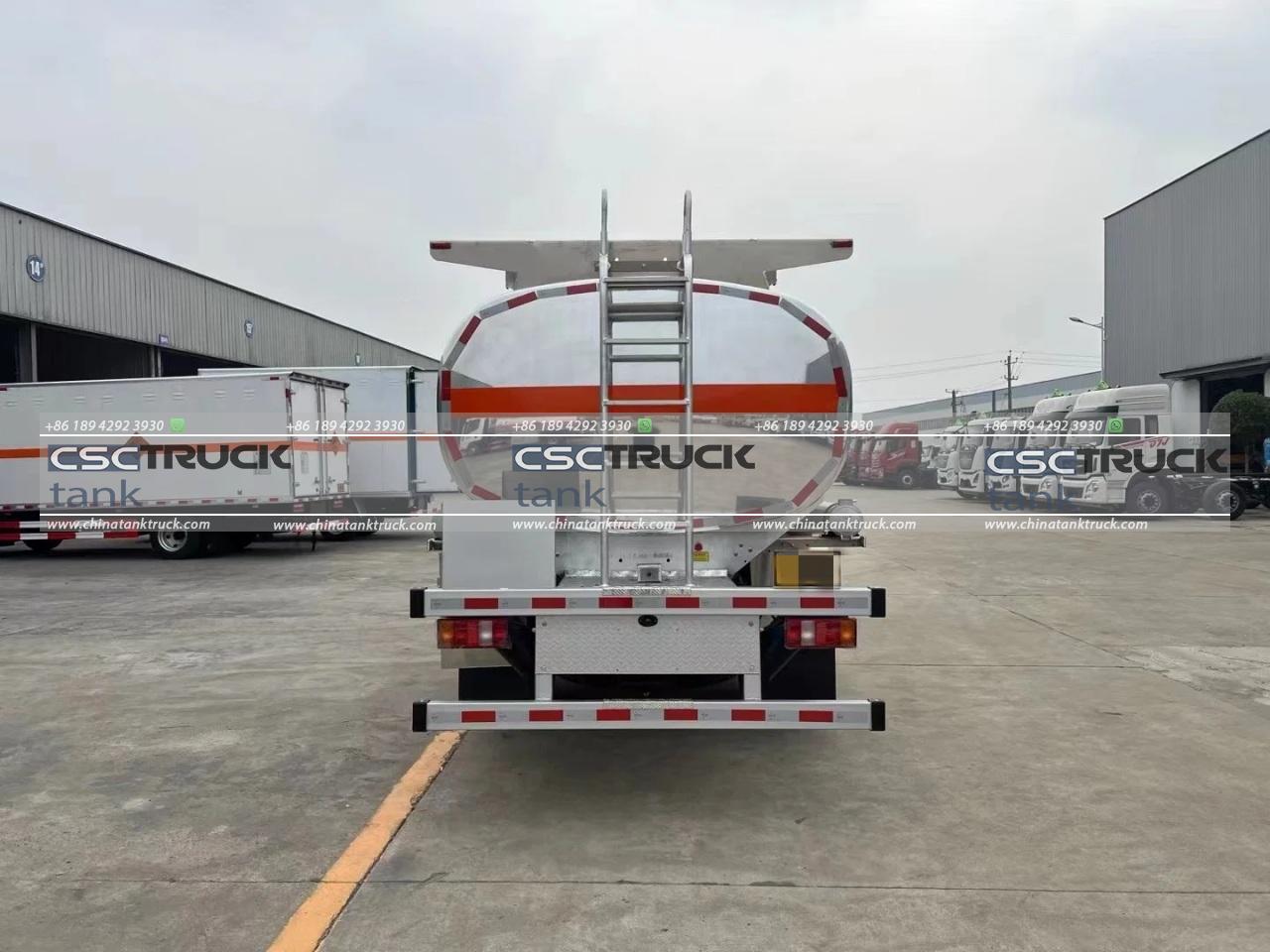
Automated Systems
Automation is playing an increasingly important role in the operation of crude oil tank trucks. Automated loading and unloading systems reduce the risk of human error and increase the speed and efficiency of these processes. Additionally, automated braking and stability control systems enhance the safety of these vehicles, particularly when navigating challenging terrain or adverse weather conditions.
Environmental Considerations
The transportation of crude oil by tank trucks has an environmental footprint, primarily due to fuel consumption and the potential for spills. However, technological advancements are helping to mitigate these impacts.
Fuel Efficiency
Modern crude oil tank trucks are designed to be more fuel-efficient, incorporating features such as aerodynamic designs and fuel-efficient engines. Hybrid and alternative fuel trucks are also being explored as potential solutions to reduce the carbon footprint of crude oil transportation.
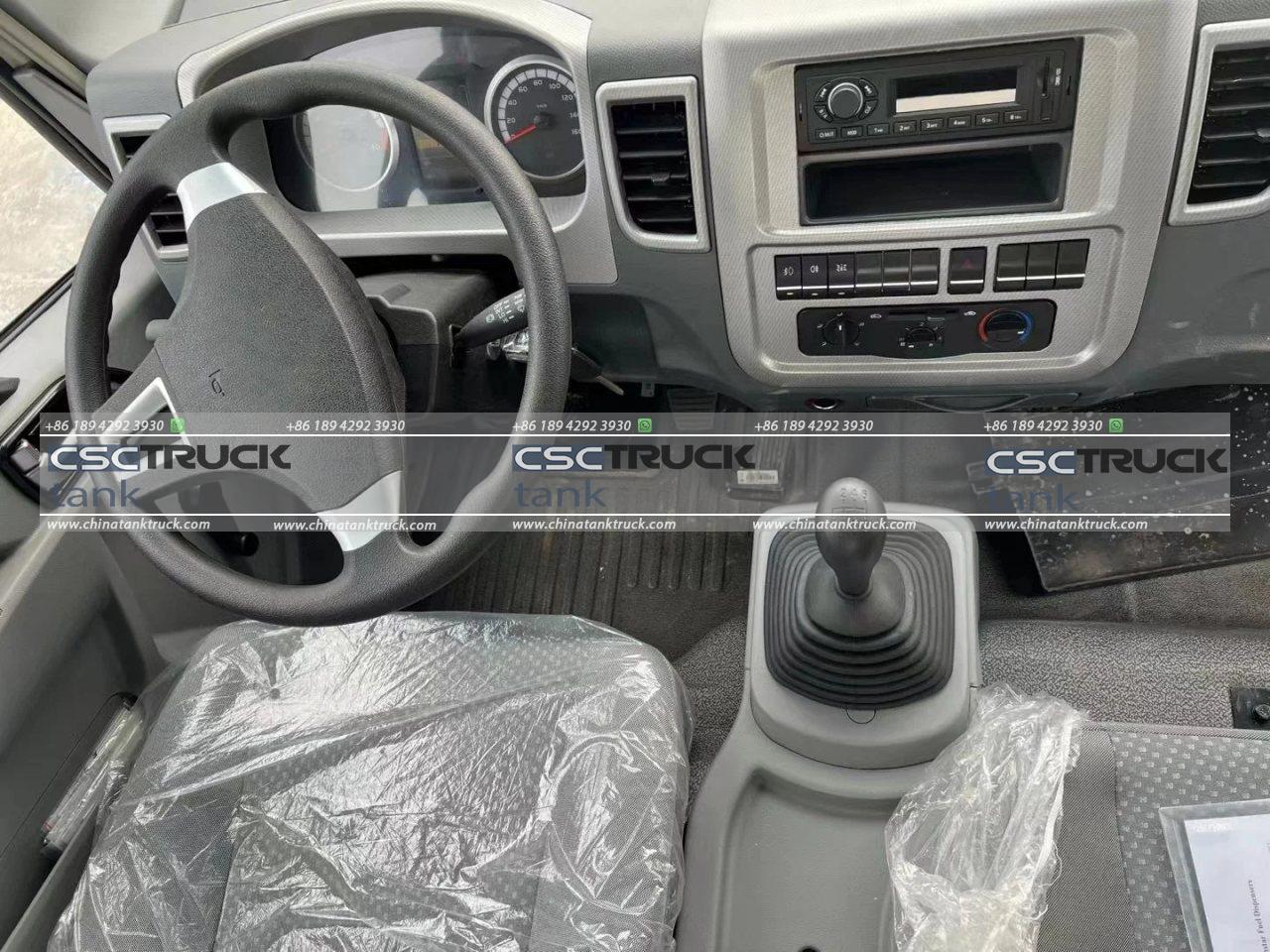
Spill Mitigation
Spill mitigation technologies, such as advanced sealing systems and leak detection sensors, are crucial for minimizing the environmental impact of crude oil transportation. Companies are also adopting best practices for spill response and investing in clean-up technologies to address any incidents that do occur.
Future Trends
The future of crude oil tank truck transportation is likely to be shaped by several key trends, including the continued adoption of advanced technologies, a focus on sustainability, and evolving regulatory frameworks.
Electrification and Alternative Fuels
As the world shifts towards greener energy solutions, the oil and gas industry is also exploring the use of electric and alternative fuel-powered tank trucks. These vehicles promise to reduce emissions and dependence on fossil fuels, aligning with broader environmental goals.
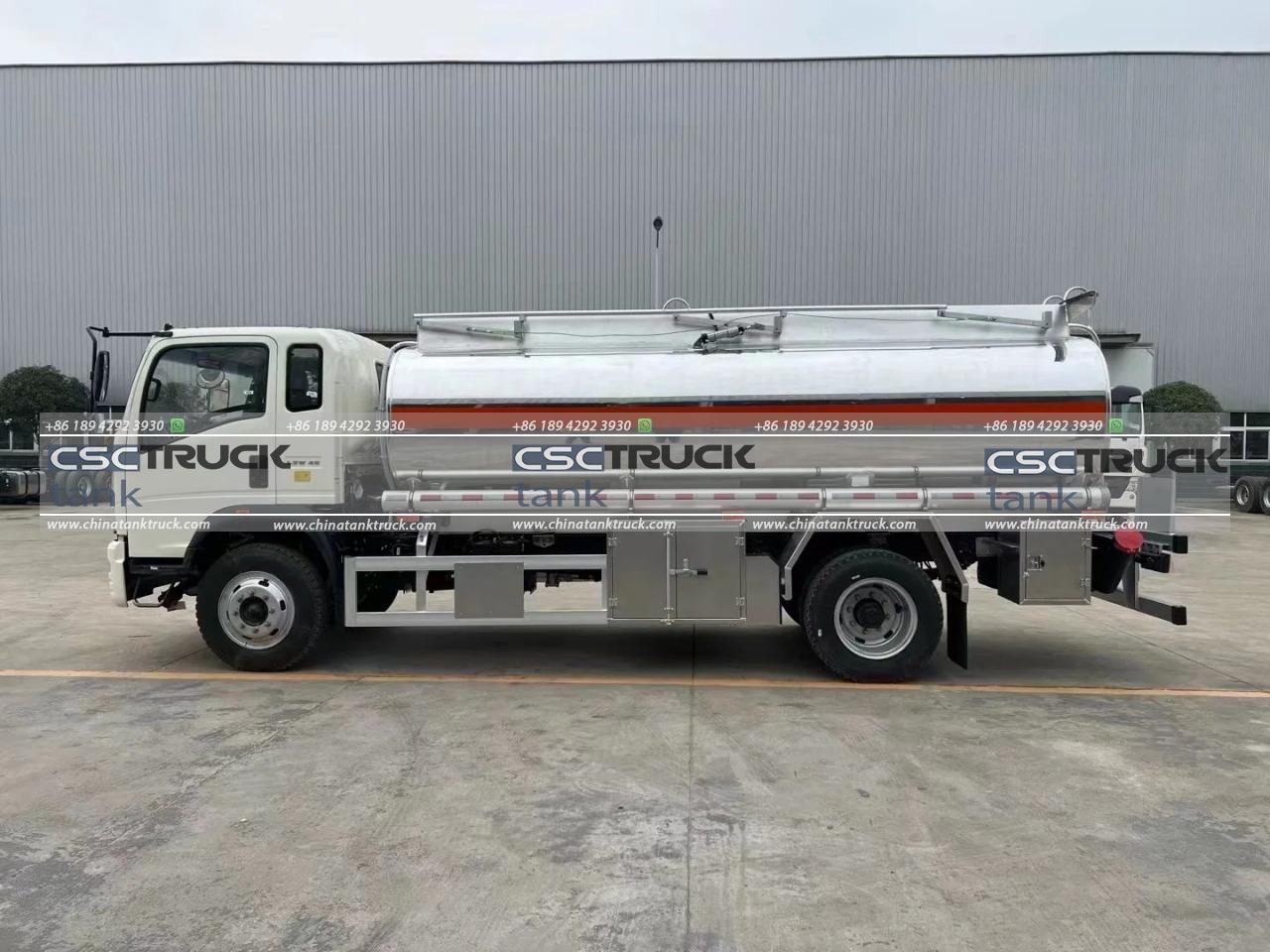
Enhanced Safety Features
Ongoing research and development efforts are likely to yield new safety features for crude oil tank trucks. Innovations such as collision avoidance systems, advanced driver assistance systems (ADAS), and improved fire suppression technologies will enhance the safety and reliability of these vehicles.
Regulatory Evolution
Regulatory frameworks governing the transportation of hazardous materials, including crude oil, are continually evolving. Future regulations are expected to place even greater emphasis on safety, environmental protection, and the adoption of new technologies. Companies will need to stay abreast of these changes and ensure compliance to maintain their operations.
Conclusion
Crude oil tank trucks are a vital component of the global energy infrastructure, enabling the efficient and safe transportation of crude oil from extraction sites to refineries. The design, operation, and technological advancements of these vehicles have significantly improved their efficiency and safety. As the industry continues to evolve, embracing new technologies and sustainable practices will be crucial for meeting future challenges and ensuring the continued reliability of crude oil transportation. By prioritizing safety, efficiency, and environmental responsibility, the crude oil tank truck sector can continue to play a key role in the energy supply chain.

